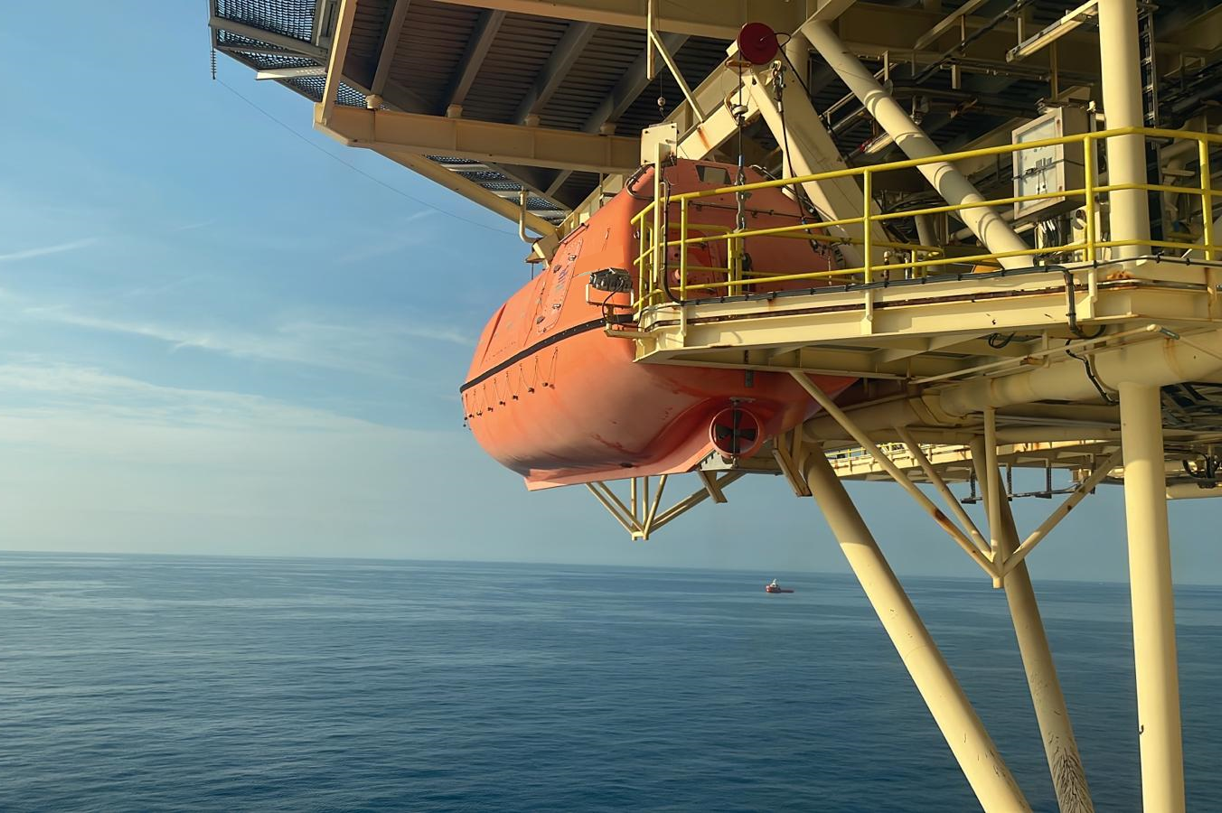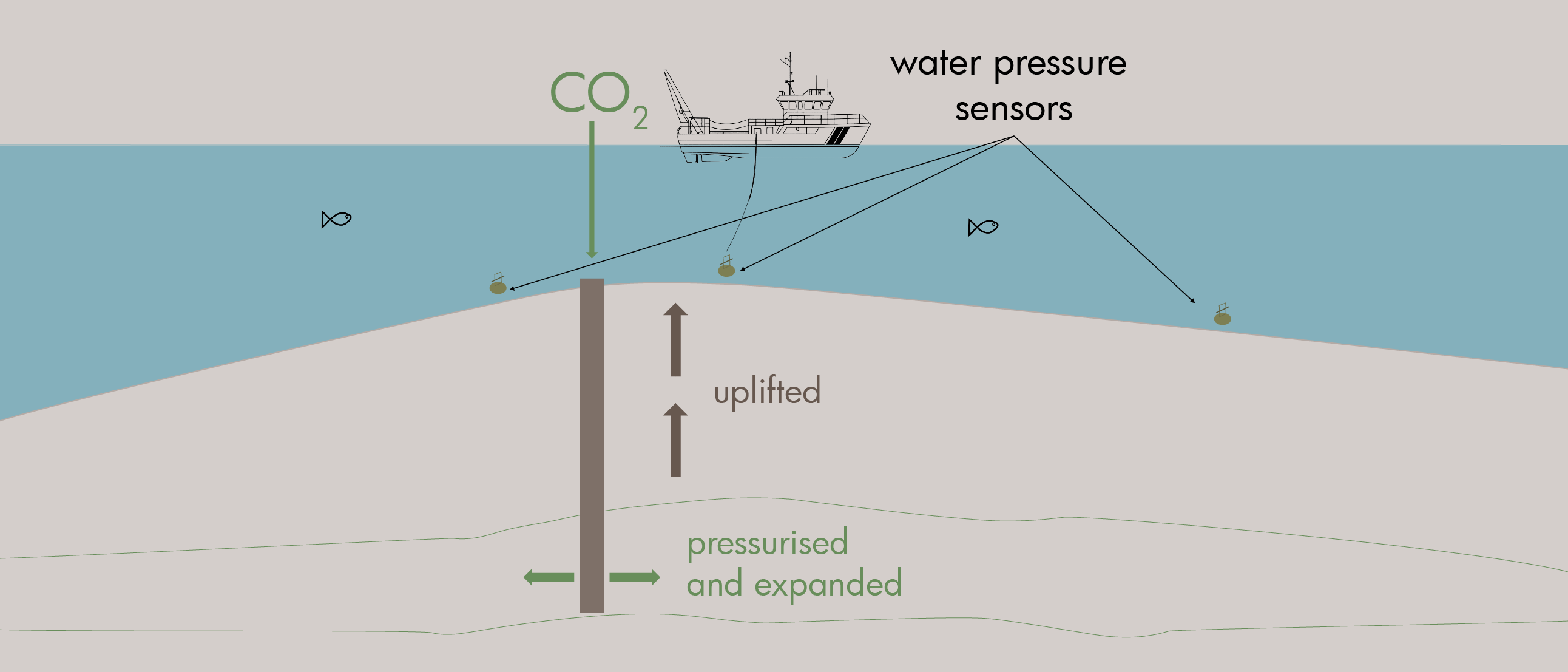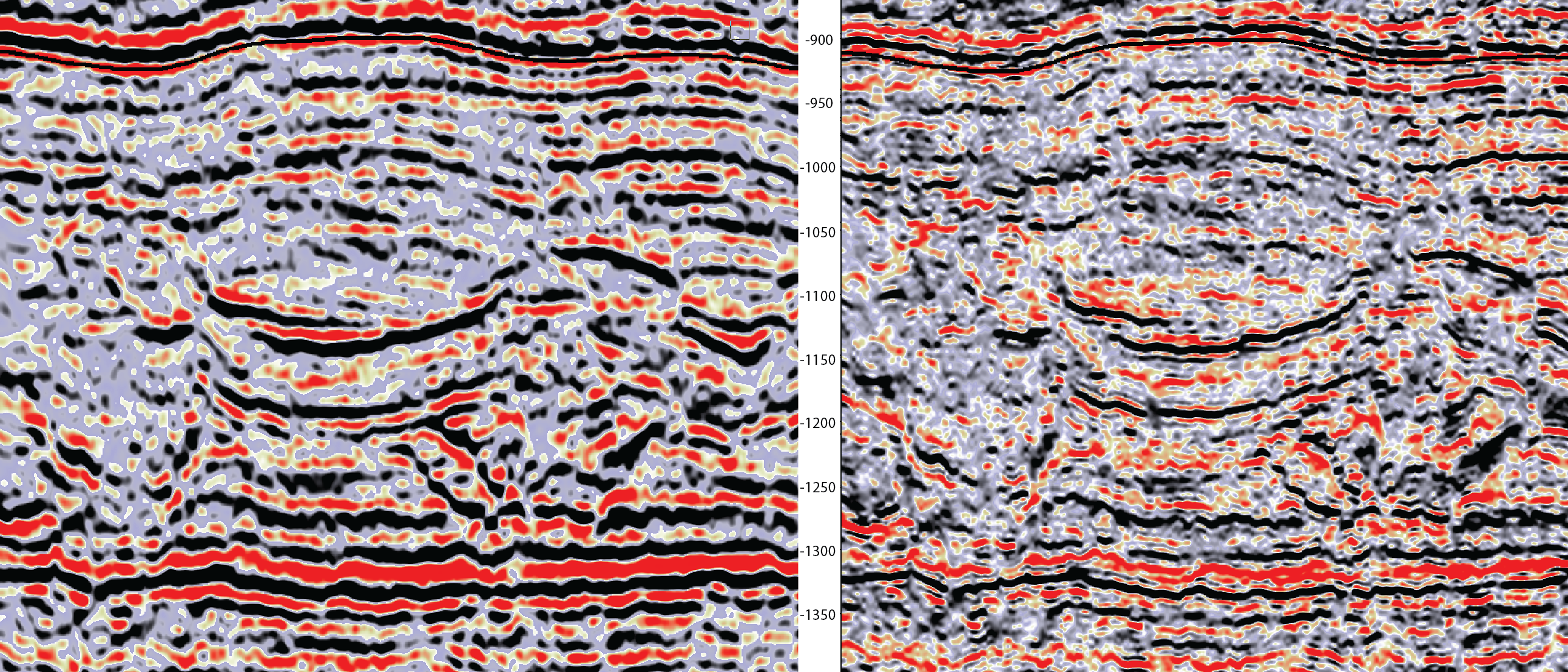Given the proximity to industrial clusters, the presence of many (depleted) gas fields and lots of saline aquifer potential at the same time, it is no surprise to see that the Southern North Sea features heavily in the first CCS licensing round as announced by the NSTA yesterday.
We downloaded the shapefiles in order to compare the areas on offer with (planned) wind farms and existing fields.
Lessons learned from Endurance?
As noted in the NSTA press release, the areas were chosen in such a way to prevent overlap with offshore wind developments. As the below map shows, where both existing and planned wind farms are shown, it can indeed be seen that there is no significant overlap between wind developments and the new areas on offer. Is it because lessons have already been learned from the Endurance CCS licence?
Namely, it is the already awarded Endurance CCS licence that does show a significant overlap with a wind farm due to be developed (Hornsea Four). This must be a slightly difficult situation for the authorities, as the Endurance CCS project may be the one that is most advanced in the Southern North Sea to actually put CO2 into the ground. As John Underhill from Aberdeen University noted previously, care should be taken when planning future use of the seabed and the subsurface, because the presence of a wind farm may hinder or escalate the costs of seismic monitoring.
In that sense, it seems that a careful approach was taken this time when it comes to designating areas for CCS licence applications and offshore wind developments.

CCS and gas fields
Eight areas are now on offer across the Southern North Sea to file a storage application before September 13. Together with the already awarded licences and a few more areas offered elsewhere on the UKCS, there is now the potential of storing 20-30 million tonnes of carbon dioxide (CO2) by 2030 according to the NSTA.
Areas 2, 4, 6 and 8 are all situated in the Rotliegend fairway and also include major fields such as Hewett, Leman and West Sole. Repurposing a Rotliegend field for CO2 injection looks like a possible option in these areas. Instead, there are no fields in Area 3 at all, except from a little part of Amethyst. The Rotliegend in Amethyst is thin, as it is situated along the southern margin of the Rotliegend fairway, so it is unlikely that the Permian forms the most important target in Area 3. It may be that proximity to emitters formed the most important reason to select this area, as the underlying Carboniferous is not very well known, and neither is the overburden because of the small number of wells drilled.
Areas 1, 5 and 7 are in the northern part of the Southern gas Basin. Both Areas 1 and 2 are covering the Carboniferous fairway with fields such as Murdoch. Whilst it could be a possibility to inject CO2 in Carboniferous reservoirs, the often more challenging reservoir architecture and not always favourable reservoir properties may also warrant a look in the overburden where the Triassic could form a candidate. Finally, Area 5 is situated to the east of the Cygnus field, which produces from Rotliegend sandstones sourced the north. Could there be potential in the Rotliegend in Area 5? It is sparsely drilled compared to other parts of the SNS, so this area will also need some reconnaissance.
HENK KOMBRINK





